|
Pieris napi / Green-veined White
Flutura e repës
Pieridae - Pierinae
Pieris napi (Linnaeus, 1758). TL: Sweden.
 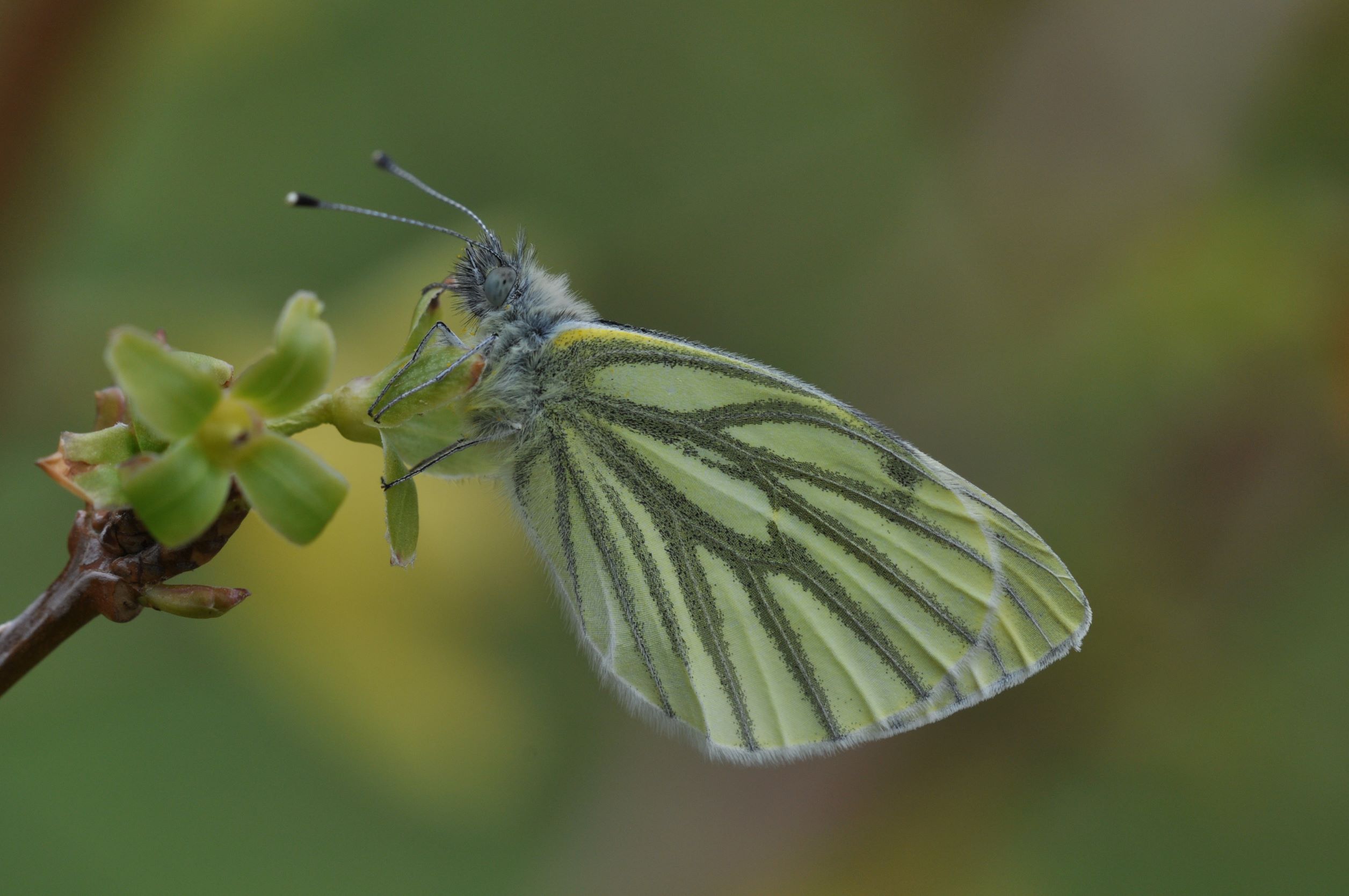
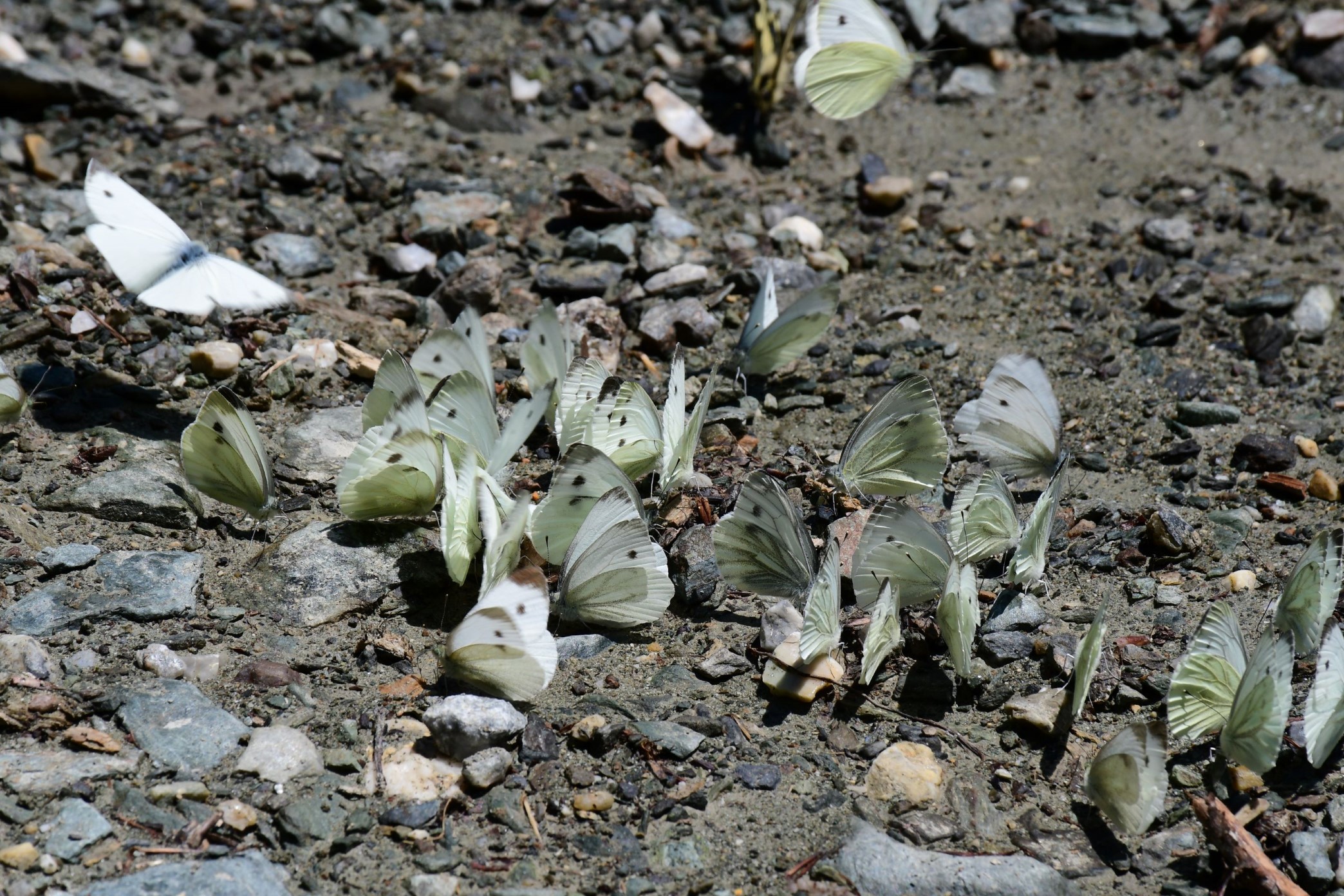
0
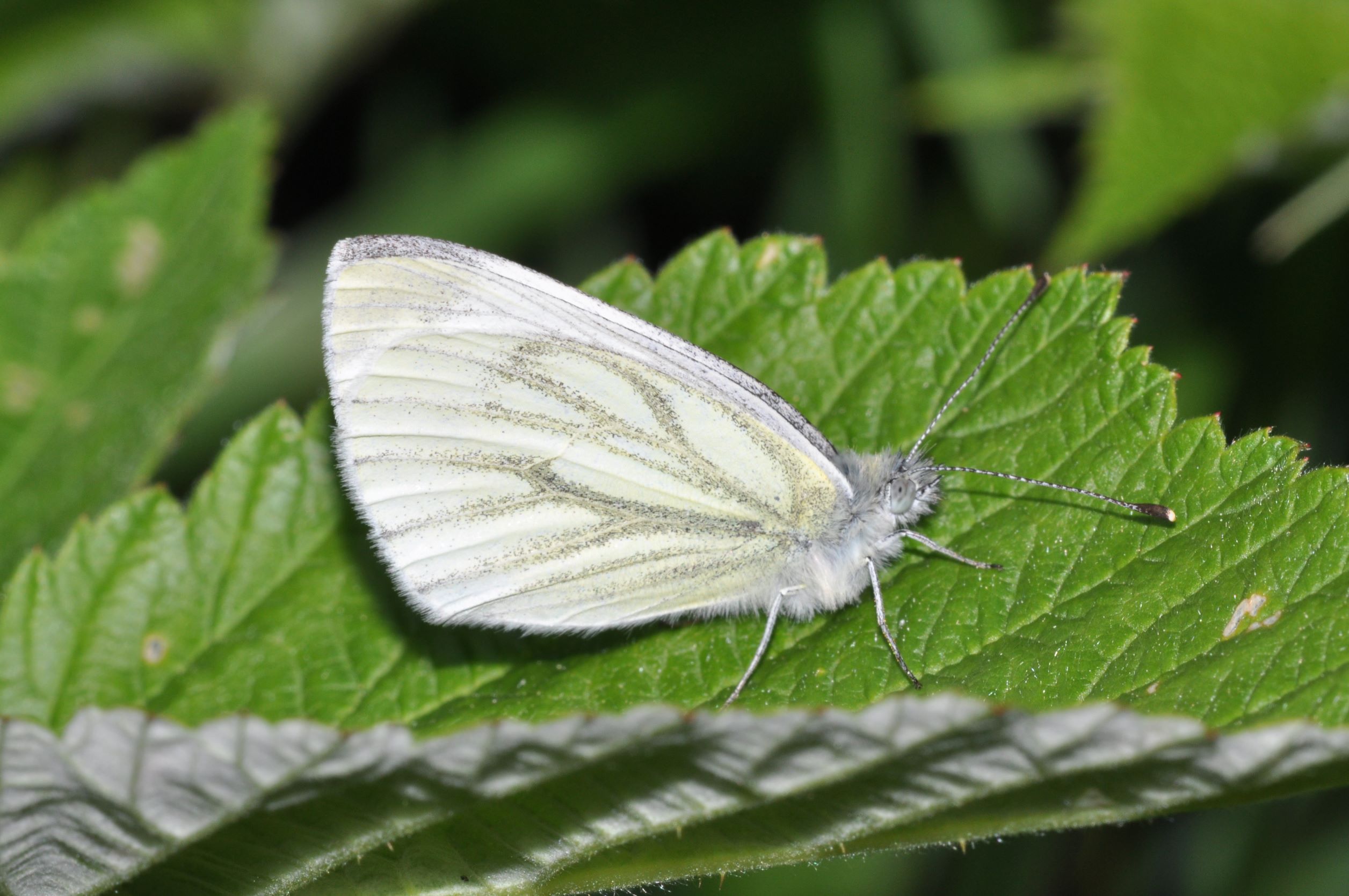 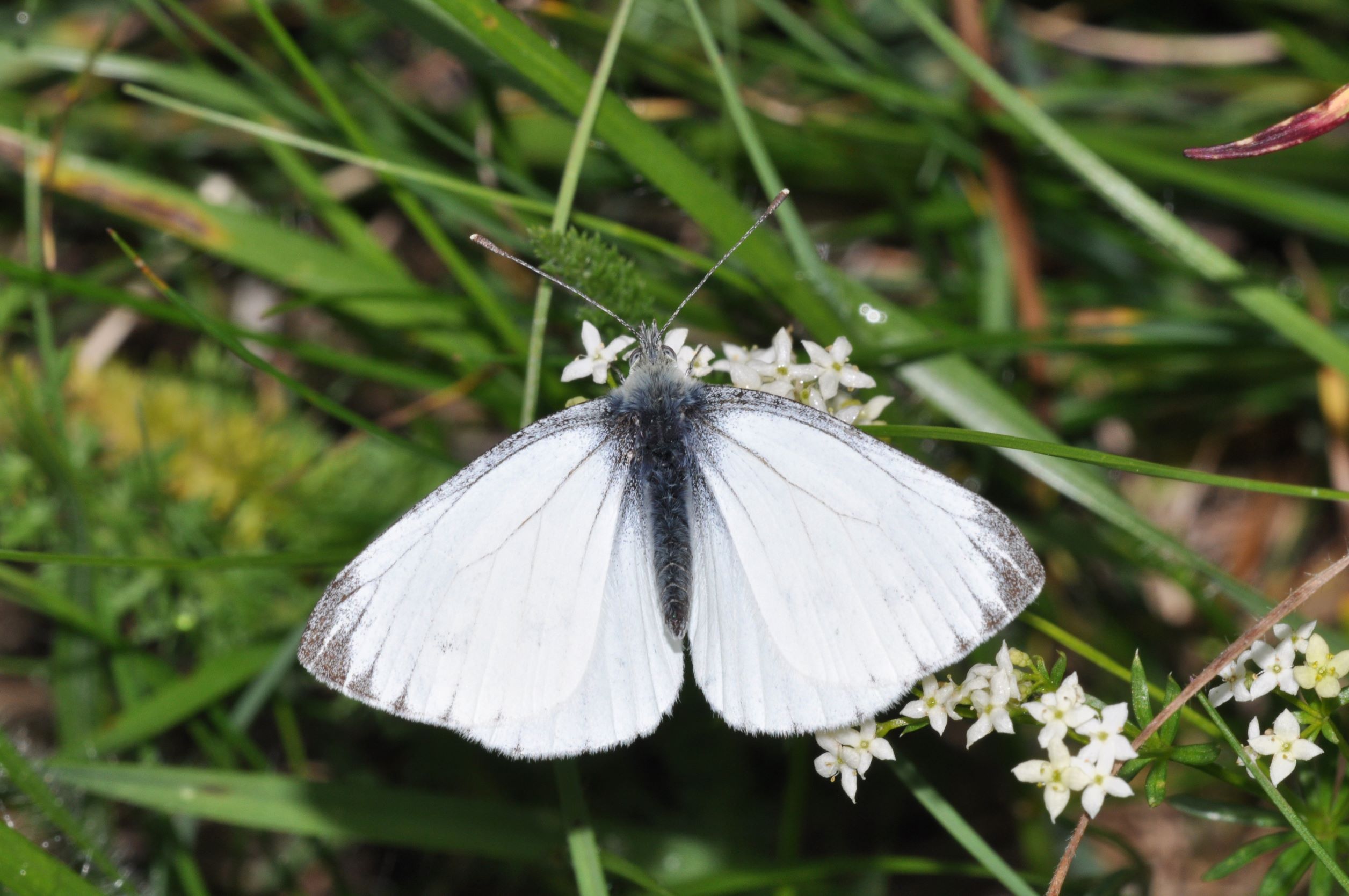
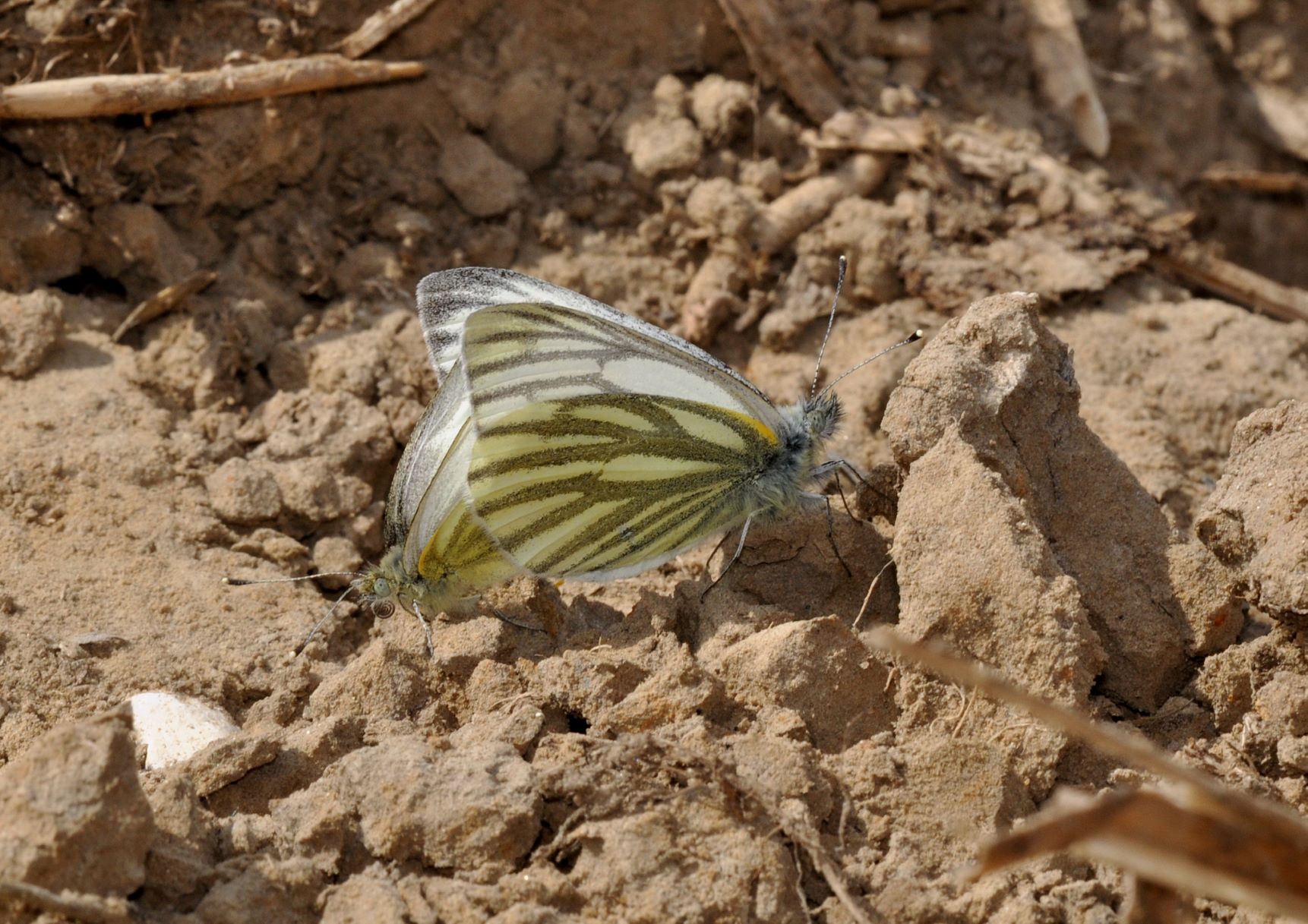 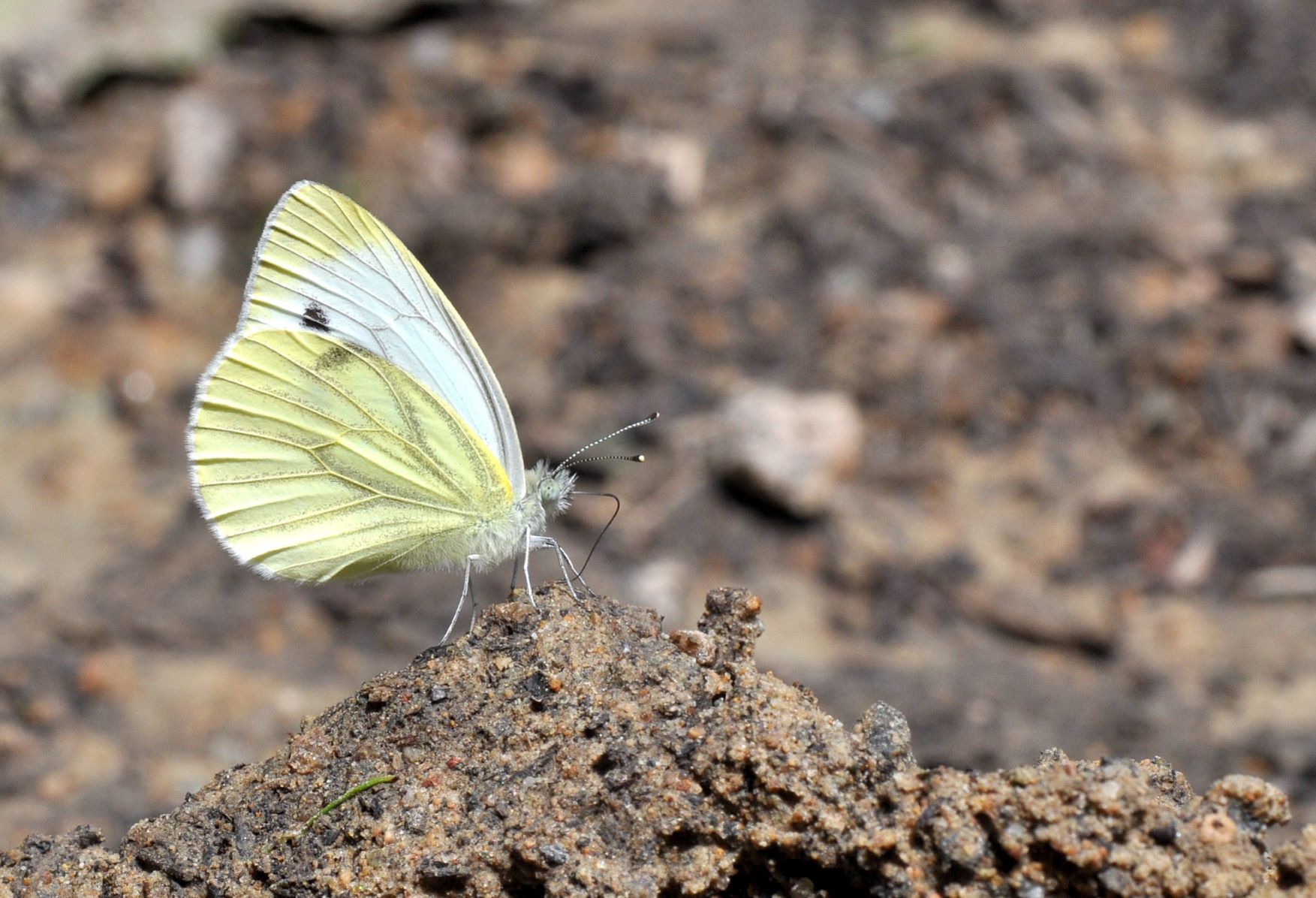
1a. Pieris napi, distribution map (09.i.2025).  Historical data ; Historical data ;  Additional data from the 2018 update ; Additional data from the 2018 update ;  New observations since the 2018 update. New observations since the 2018 update.
1b. Pieris napi ♂ underside, spring generation. Belgium (© Sylvain Cuvelier)
1c. Pieris napi and Pieris balcana, mud-puddling, North Albanian Alps, Albania (© Sylvain Cuvelier)
1d.
Pieris napi ♂ underside, summer generation. BIH (© Sylvain Cuvelier)
1e. Pieris napi ♂ upperside, summer generation. BIH (© Sylvain Cuvelier)
1f. Pieris napi copula spring generation. Belgium (© Sylvain Cuvelier)
1g. Pieris napi ♂ underside, summer generation. Romania (© Sylvain Cuvelier)
Description
♂♂
Medium size butterfly. Fw: 18-22 mm (spring generation) or up to 25 mm (summer generation)
Ups: white gc.
Upf: black apical spots formed by separate triangular pots extending at vein ends up to v2, spot in s3 is sometimes lacking.
Unh: yellowish gc (less pronounced in summer generations), dark suffusion along veins sharply defined, can be vestigial and hardly visible in aestival generations.
♀♀
Similar size.
Upf: two postdiscal spots.
Unh: yellowish gc (less pronounced in summer generations), dark suffusion along veins sharply defined, can be vestigial and hardly visible in aestival generations.
Similar species
Pieris balcana
Male genitalia bear no clear differentiating character, valve slightly rounded in lateral view.
COI barcoding is unclear.
Breeding experiments did show potential reproductive isolation and for this reason the taxon is retained for the time being.
The external characters to separate both species of Green-veined Whites are difficult to use and it is often confusing as there are many intermediate specimens.
Unh: ♂♂ and ♀♀ dark suffusion along veins diffuse.
There are marked differences in vernal (strongly marked) and aestival generations (often poorly marked), see (url)
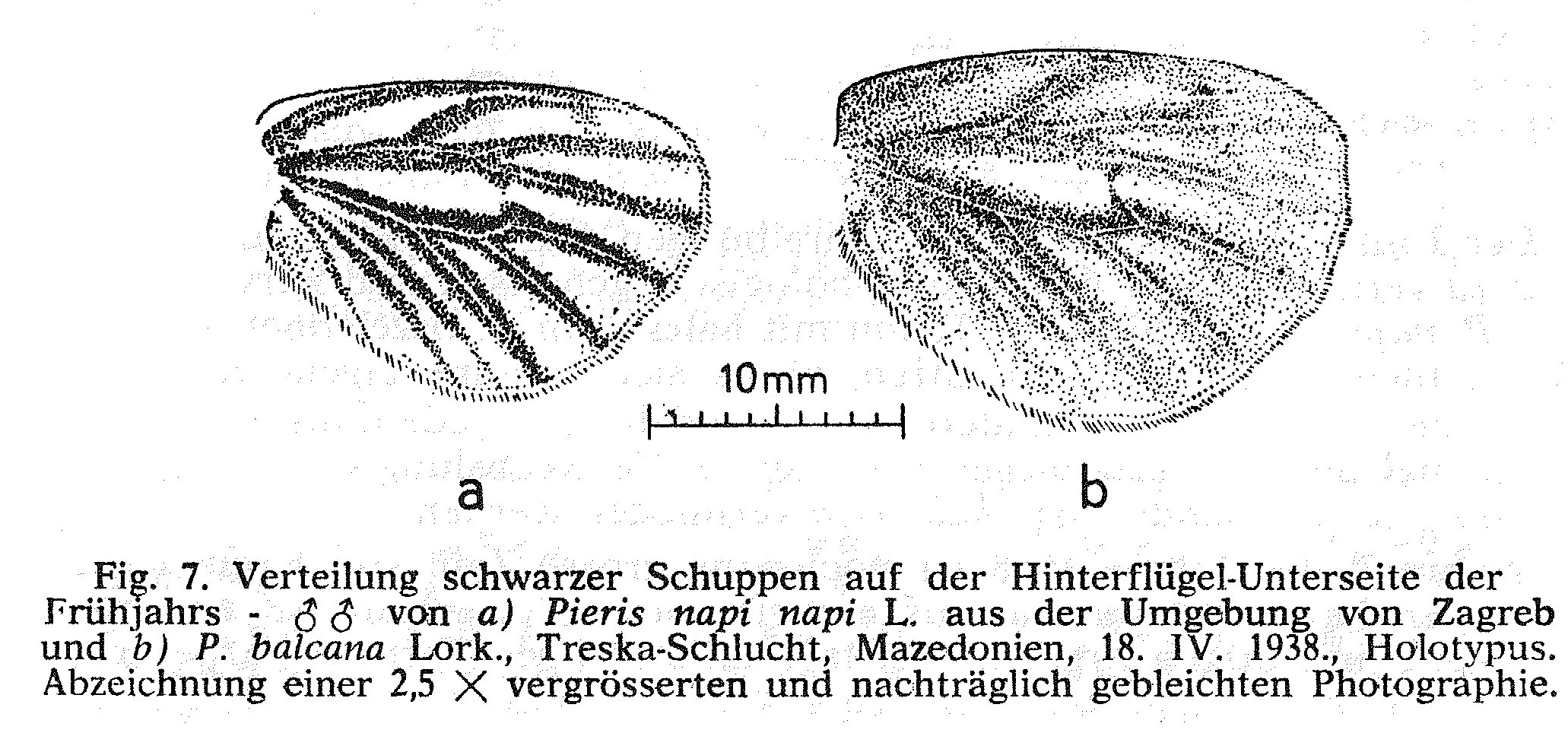
2. Fig. 7. from the original description in: Lorković Z. 1969. Karyologischer Beitrag zur Frage der Fortpflanzungsverhältnisse südeuropäischer Taxone von Pieris napi (L.) (Lep., Pieridae). — Biolośki Glasnik 21: 95-136.
Life cycle
Adults: continuous generations from March to October.
Egg: 3-7 days.
Caterpillar: 11-22 days.
Pupa: short stage (7-13 days) except when overwintering.
Habitat
Pieris napi inhabits flowery fields, agricultural areas, gardens, parks, river valleys and open forest areas from lowland up to 2000 m a.s.l.
Spatial requirement considerable, population density can be high, nomadic.
Foodplants
Caterpillars feed on Alliaria petiolata, Arabis alpina, A. glabra, Barbarea vulgaris, Brassica napus, B. nigra, B. oleracea, B. rapa, Cardamine hirsuta, C. pratensis, Lunaria annua, Nasturtium officinale, Rorippa amphibia, R. sylvestris, Sinapis arvensis, S. alba, Sisymbrium officinale and Tropaeolum majus.
Butterflies feed on a large variety of flowers.
Distribution
Albania: widespread.
Balkan: AL - BG - BIH - GR - HR - NMK - MNE - RKS - RO - SLO - SRB
Europe: IB - IT - ALP - BAL - NWE - UK - SCA - EEU
Asia Minor, Near East, Transcaucasia, Caucasus and further east.
Conservation status
Pieris napi is not endangered.
Albanian Red List: NE.
IUCN Red List, category at the Mediterranean level: NT.
Useful links
Bink 2015
Pyrgus.de
Lepiforum
Euroleps
|
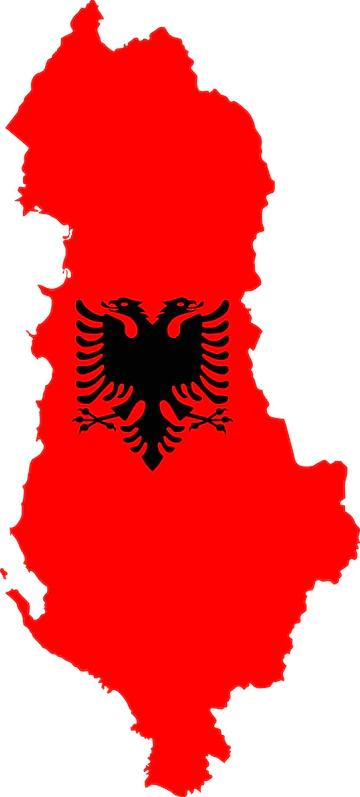 xx
xx 


 Historical data ;
Historical data ;  Additional data from the 2018 update ;
Additional data from the 2018 update ;  New observations since the 2018 update.
New observations since the 2018 update.